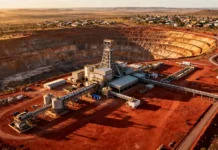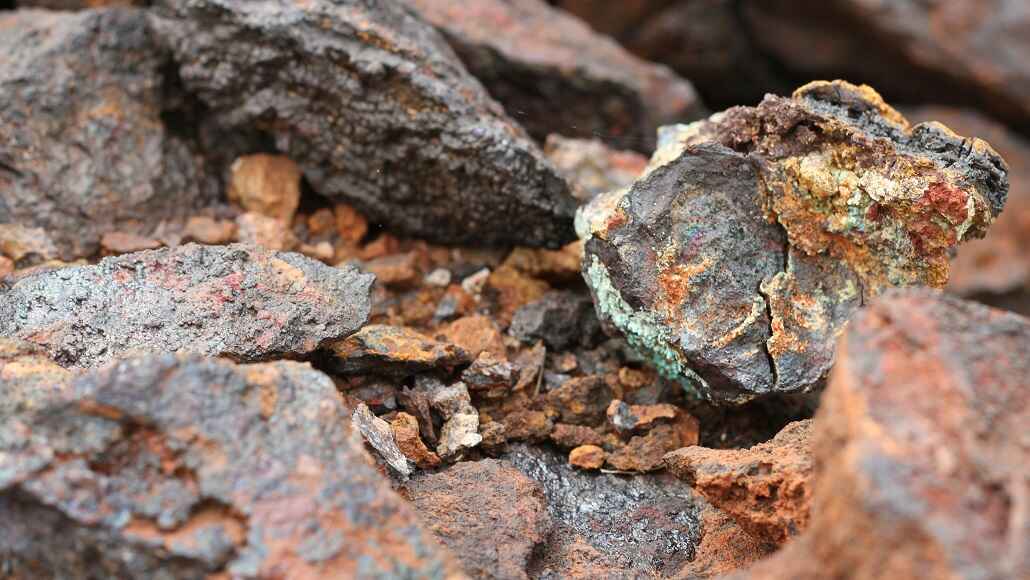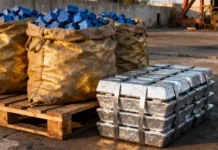Potash is critical to global agriculture, because of its function as a fertilizer that helps improve crop yields and overall soil health. As the world population continues to rise, the need for increased food production places growing pressure on the agricultural industry to optimize efficiency. Potash, particularly in the form of potassium chloride, has become an indispensable nutrient for crops, driving strong demand globally. In 2023, the global potash market was valued at over $60 billion, with projections suggesting it will reach nearly $93 billion by 2032, growing at a steady annual rate of 4.5-4.9%.
Potash is used primarily in fertilizers, where it promotes plant growth by regulating water absorption, increasing disease resistance, and strengthening root development. These factors make potash a key element in supporting major crops like wheat, corn, and soybeans. As demand for agricultural products rises, particularly in regions like Asia-Pacific, the potash market is experiencing substantial growth. Countries such as China and India, with their vast agricultural sectors, heavily rely on potash to boost food production.
Newer trends in agriculture, such as precision farming, are also influencing potash use. Precision agriculture uses data and technology to optimize fertilizer application, minimizing waste while maximizing crop yield. This modern approach has bolstered demand for potash, particularly as farmers strive to meet the global challenge of feeding a growing population.
In South America, countries like Brazil have begun to emphasize domestic production of potash, aiming to reduce reliance on imports. Brazil’s Autazes Potash Project, led by Brazil Potash, is a prime example of how new mining initiatives aim to meet local demand while decreasing dependency on international sources. Brazil, a significant agricultural producer, has long imported the majority of its potash, but projects like the Autazes Potash Project will shift this dynamic.
In addition to its agricultural applications, potash has critical industrial uses that contribute to its growing global demand. While the majority of potash consumption is driven by fertilizers—accounting for nearly 93% of the market—there are several other industries where potash plays a vital role. For instance, in the manufacturing of glass and ceramics, potash acts as a flux to lower the melting temperature of materials, aiding in the production process. It is also used in soap production, where potassium salts (derived from potash) are essential ingredients in certain types of soft soaps and detergents.
Beyond manufacturing, potash is used in metallurgy, particularly in aluminum production. Here, potassium compounds are utilized in the electrolysis process to refine the metal. The demand for potash in the chemical industry is also notable, where it’s used in producing potassium hydroxide, a chemical necessary for numerous industrial processes including biodiesel production, water treatment, and the production of various pharmaceuticals. These non-agricultural applications, although smaller in scale compared to fertilizer use, continue to support steady demand for potash across multiple sectors.
Additionally, animal feed supplements represent a niche but growing segment for potash consumption. Potassium is a critical nutrient for livestock health, helping regulate metabolism and ensuring efficient nutrient absorption in animals. With the increasing global demand for meat and dairy products, the use of potash in feed supplements is expected to rise, particularly as farmers seek to improve livestock productivity and health.
These varied applications highlight the versatility of potash, ensuring its continued relevance in both agricultural and industrial spheres. As technological advancements in mining and processing further enhance potash production efficiency, its significance in these diverse sectors will only increase.























